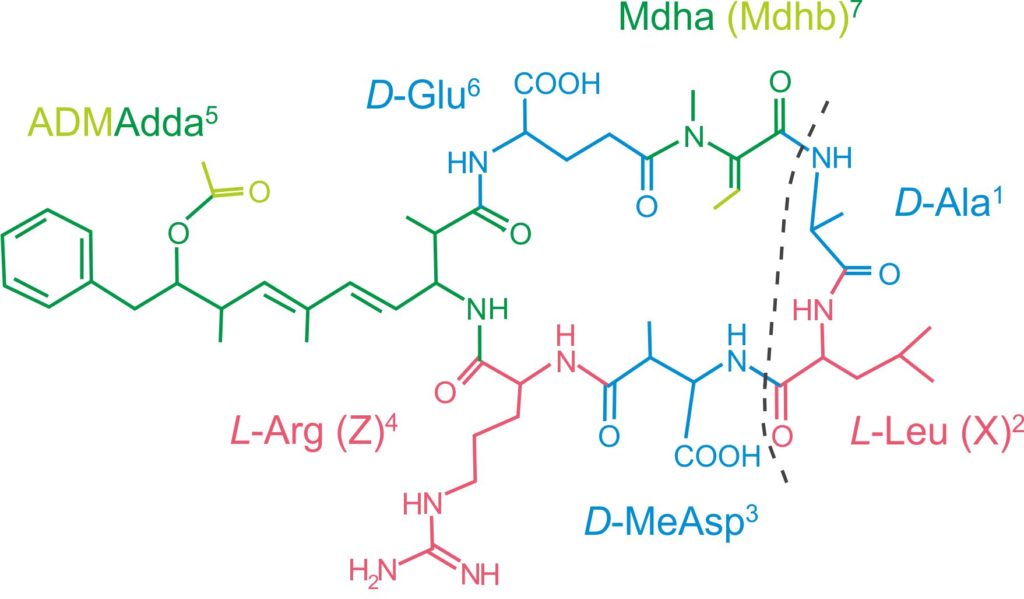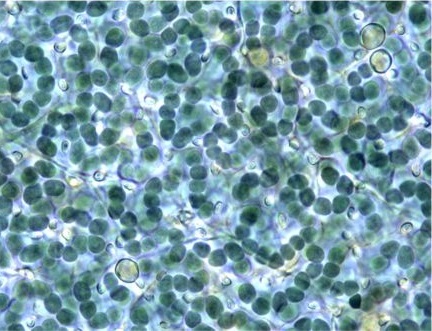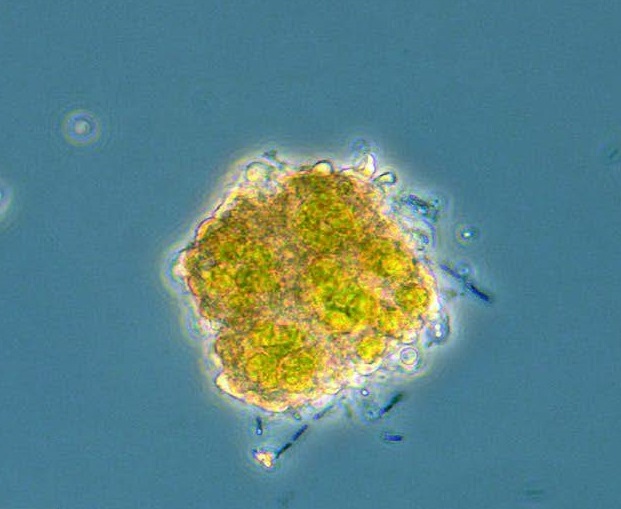
Many aquatic cyanobacteria produce small peptide toxins harmful or even deadly for animals and humans. Some of the most common and potent types of cyanobacterial toxins, microcystins and nodularins, are also produced by symbiotic cyanobacteria in lichens. Either a part of the biosynthetic gene cluster encoding the enzyme complex responsible for the toxin production (mcyE) and/or the toxins themselves were detected from 12% of the analyzed lichen specimens. Over 50 chemical variants of these toxins were discovered from the thalli of several species of Peltigera, Nephroma, Sticta, and Lobaria collected from different parts of the world, including locations in Asia, Europe, and North and South America. This shows that, among Peltigerales and their lichen symbiotic Nostoc (Nostocales), lichen thalli containing cyanobacterial toxins is a relatively common and global phenomenon. This may pose a threat to lichen feeders and act as a grazing deterrent, providing some protection to the lichen thallus.
Kaasalainen U, Fewer DP, Jokela J, Wahlsten M, Sivonen K, Rikkinen J. 2012. Cyanobacteria produce a high variety of hepatotoxic peptides in symbiosis. Proceedings of the National Academy of Sciences of the United States of America 109: 5886–5891, doi.org/10.1073/pnas.1200279109.
Kaasalainen U, Fewer DP, Jokela J, Wahlsten M, Sivonen K, Rikkinen J. 2013. Lichen species identity and diversity of cyanobacterial toxins in symbiosis. New Phytologist 198: 647–651, doi.org/10.1111/nph.12215.
Kaasalainen U, Jokela J, Fewer DP, Sivonen K, Rikkinen J. 2009. Microcystin production in the tripartite cyanolichen Peltigera leucophlebia. Molecular Plant-Microbe Interactions 22: 695–702, doi.org/10.1094/MPMI-22-6-0695.
Kaasalainen U. 2012. Cyanobacteria and their toxins in lichen symbiosis. PhD thesis, University of Helsinki, Finland, ISBN 978-952-10-8318-1 (PDF), http://ethesis.helsinki.fi.

Keywords: hepatotoxin, secondary metabolites, chemical defense, 16S rDNA, Lobaria scrobiculata, Nephroma cellulosum, N. parile, Peltigera collina, P. degenii, P. dolichorrhiza, P. membranacea, P. neopolydactyla agg., P. praetextata, Sticta fuliginosa

